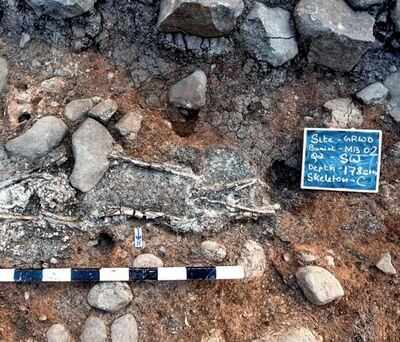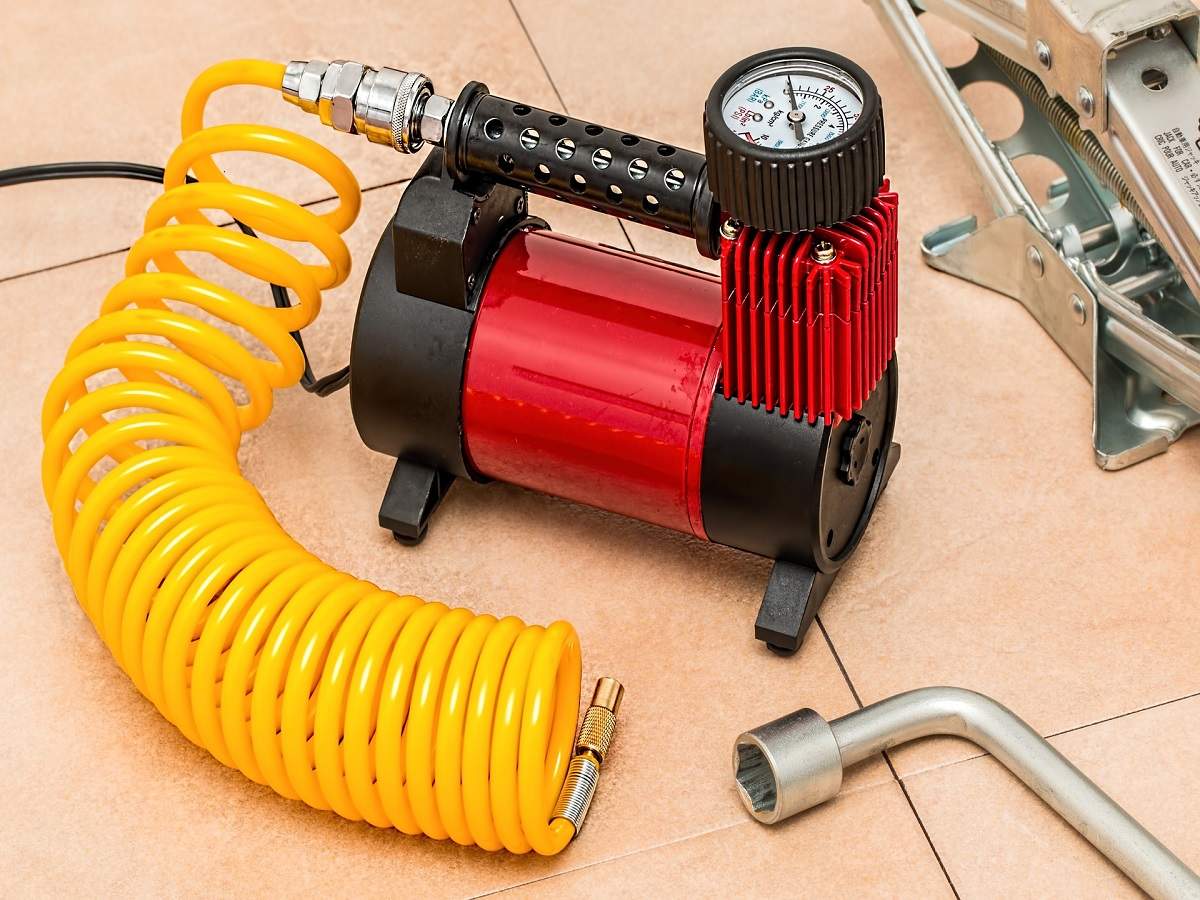
PUNE: Perhaps, for the first time, people from the Indian subcontinent would be able to view megalithic period human skeletons at an ancient burial site in Nagpur’s Gorewada village, around 700km from here.
An archaeological theme park is being planned at the site by city-based Deccan College Post Graduate and Research Institute (Deemed University) and Forest Development Corporation of Maharashtra (FDCM), where four skeletons and artefacts from the megalithic period would be on display.
Kantikumar Pawar, an archaeologist at the Deccan College, told TOI that as against the earlier plan of showcasing only the artefacts excavated at the site, it has now been decided to let the skeletons remain at the site and open it for public viewing after February this year. He said that a glass dome would cover the Gorewada burial site excavated in November 2018 and February 2019.
Pawar said that in similar excavations — such as in Rakhigarhi — skeletons were lifted and shifted to the National Museum. “Thus, it is probably for the first time in the history of the Indian subcontinent that an on-site preservation of skeletons has been made through a museum,” he added.
“We decided not to lift the skeletons so that visitors could see how megalithic people buried their dead 3,000 years ago,” he said.
The Gorewada site, excavated by Deccan College, is part of a reserve forest area in Nagpur. “A part of the forest is used for conducting leopard safaris. The burials were uncovered on the safari route. So, it was decided by the government to conduct twin safaris, including an archeo-safari,” said Pawar.
The DNA samples collected from the four skeletons have been sent to the Birbal Sahni Institute of Palaeosciences (BSIP) in Lucknow and Seoul National University College of Medicine (SNUCM) in South Korea for analysis, said Pawar, who is also the project in-charge of the Archaeological Theme Park, Gorewada International Zoo, and assistant professor at the Deccan College Deemed University.
“The results of the analysis are expected to throw light on the genesis of megalithic culture, whether south India or Vidarbha was the origin of the megalithic culture and if ethnic groups such as gonds, madia, kolam, korku etc inhabiting the remote places of central India are the descendants of the megalithic people,” he said.
Pawar said that proper scientific treatment is being given to the skeletons so that they do not deteriorate further. “Air conditioning will be provided at the site,” said Pawar.
“Though, the black cotton soil of the Deccan trap is not good for preservation of dead bodies, we fortunately found the skeletons in good shape,”he added.
An archaeological theme park is being planned at the site by city-based Deccan College Post Graduate and Research Institute (Deemed University) and Forest Development Corporation of Maharashtra (FDCM), where four skeletons and artefacts from the megalithic period would be on display.
Kantikumar Pawar, an archaeologist at the Deccan College, told TOI that as against the earlier plan of showcasing only the artefacts excavated at the site, it has now been decided to let the skeletons remain at the site and open it for public viewing after February this year. He said that a glass dome would cover the Gorewada burial site excavated in November 2018 and February 2019.
Pawar said that in similar excavations — such as in Rakhigarhi — skeletons were lifted and shifted to the National Museum. “Thus, it is probably for the first time in the history of the Indian subcontinent that an on-site preservation of skeletons has been made through a museum,” he added.
“We decided not to lift the skeletons so that visitors could see how megalithic people buried their dead 3,000 years ago,” he said.
The Gorewada site, excavated by Deccan College, is part of a reserve forest area in Nagpur. “A part of the forest is used for conducting leopard safaris. The burials were uncovered on the safari route. So, it was decided by the government to conduct twin safaris, including an archeo-safari,” said Pawar.
The DNA samples collected from the four skeletons have been sent to the Birbal Sahni Institute of Palaeosciences (BSIP) in Lucknow and Seoul National University College of Medicine (SNUCM) in South Korea for analysis, said Pawar, who is also the project in-charge of the Archaeological Theme Park, Gorewada International Zoo, and assistant professor at the Deccan College Deemed University.
“The results of the analysis are expected to throw light on the genesis of megalithic culture, whether south India or Vidarbha was the origin of the megalithic culture and if ethnic groups such as gonds, madia, kolam, korku etc inhabiting the remote places of central India are the descendants of the megalithic people,” he said.
Pawar said that proper scientific treatment is being given to the skeletons so that they do not deteriorate further. “Air conditioning will be provided at the site,” said Pawar.
“Though, the black cotton soil of the Deccan trap is not good for preservation of dead bodies, we fortunately found the skeletons in good shape,”he added.
Trending Topics
LATEST VIDEOS
City
 AAP set to retain Delhi, third term for Kejriwal, predict exit polls unanimously
AAP set to retain Delhi, third term for Kejriwal, predict exit polls unanimously  Delhi CM Arvind Kejriwal hits out at Smriti Irani, says women decide their family vote
Delhi CM Arvind Kejriwal hits out at Smriti Irani, says women decide their family vote  Three-storey building collapses in Punjab's Mohali, several feared trapped
Three-storey building collapses in Punjab's Mohali, several feared trapped  I thank police for arresting AAP worker who used abusive language against me: Alka Lamba
I thank police for arresting AAP worker who used abusive language against me: Alka Lamba
More from TOI
Navbharat Times
Featured Today in Travel
Get the app





